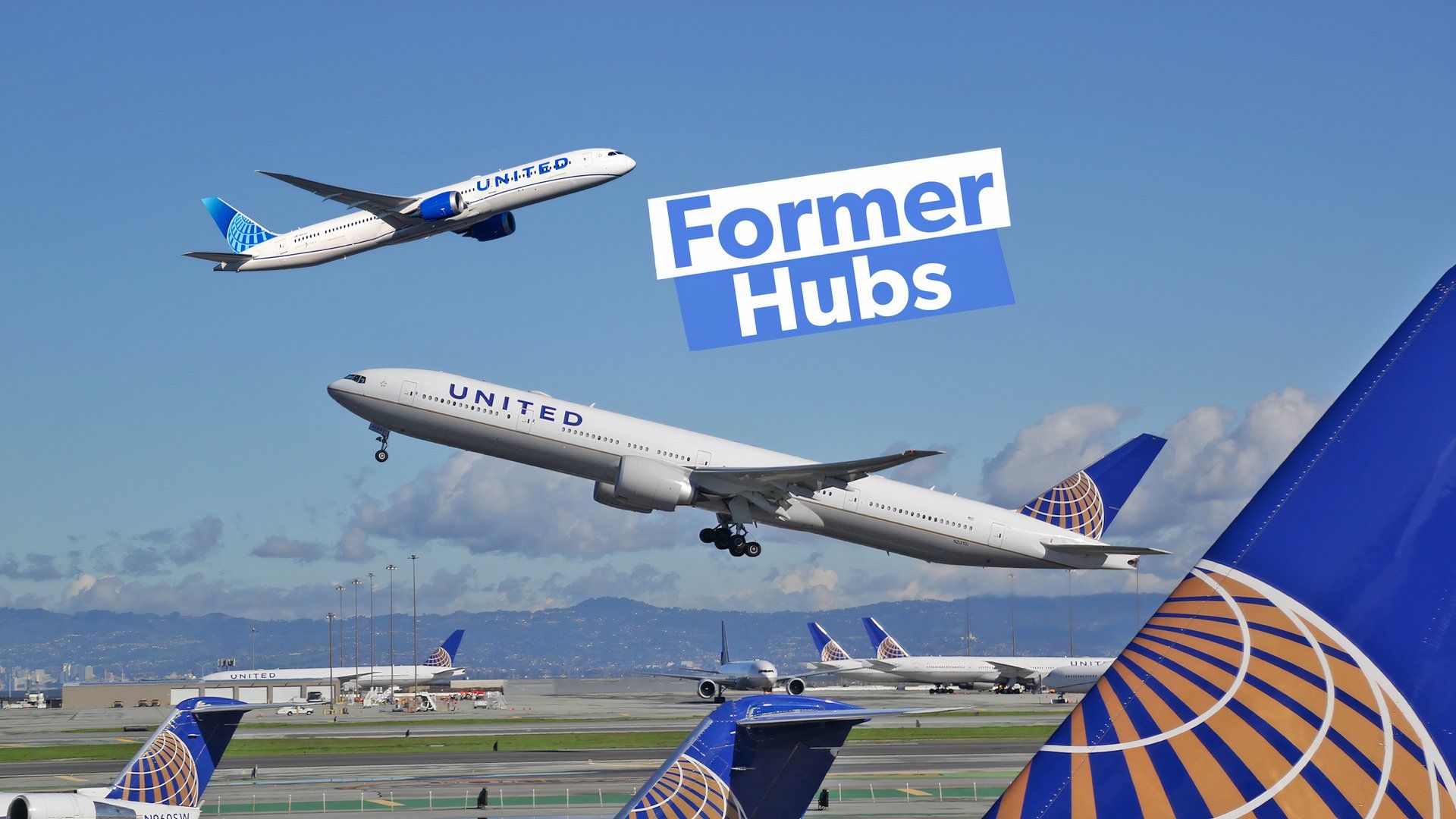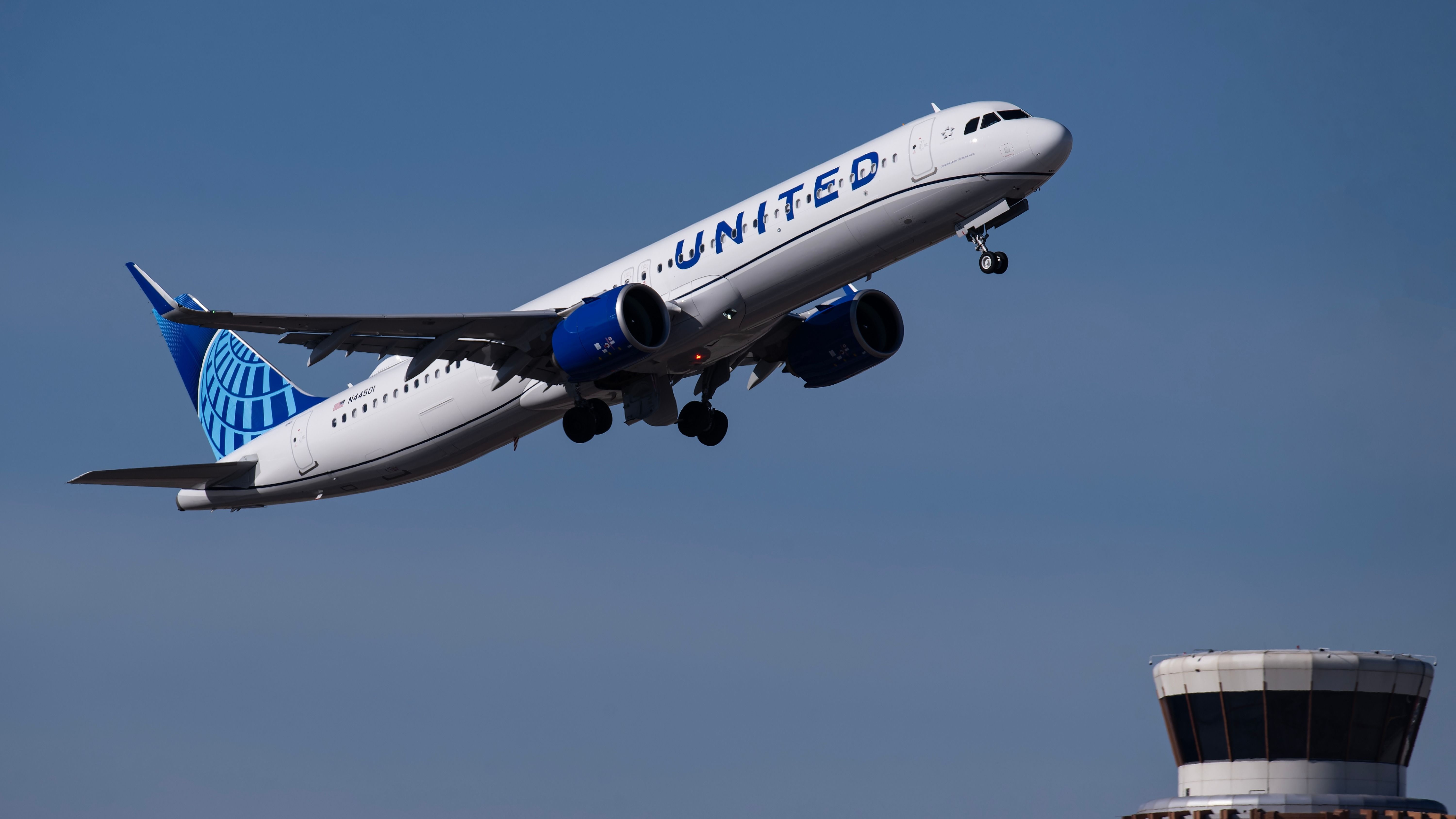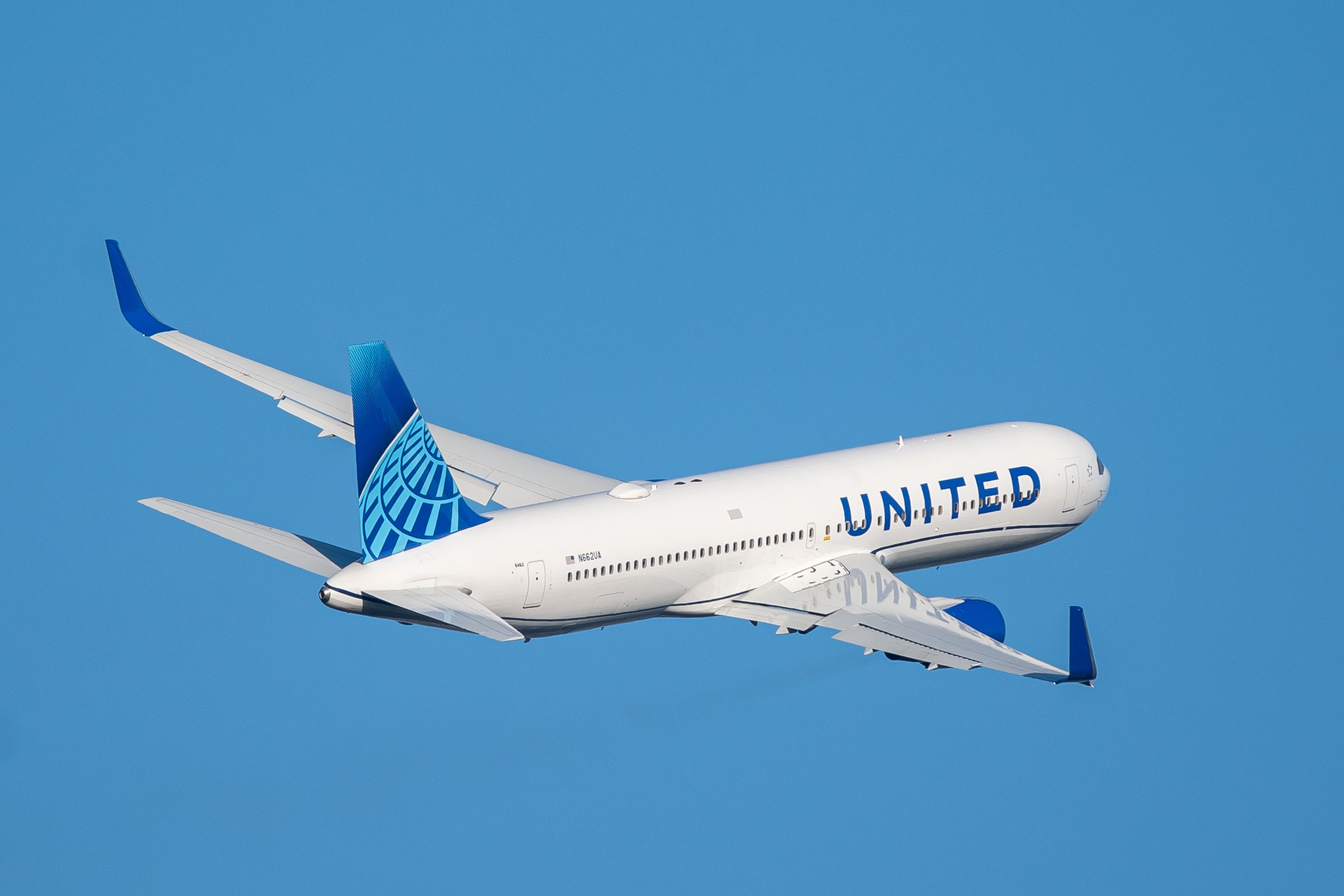To understand the strategic importance of where United Airlines operates, you must consider how the airline came to be and how mergers and acquisitions have shaped its current shape. Currently, United Airlines has eight hubs, seven of which are located in the continental United States of America and one on the US territory of Guam in Micronesia.
In this article, we will look at where United Airlines once had hubs, how they came to be, and why United Airlines decided to close them and operate the eight hubs it uses today. When you think of United Airlines, you almost certainly think of Chicago. Located on the shores of Lake Michigan in Illinois, according to the 2020 census, Chicago had a population of 2,746,388 million and was the largest catchment center of any airport in the Midwestern United States.
About United Airlines
United Airlines can trace its origins back to Varney Air Lines, which was founded in 1926 as a mail delivery airline in Boise, Idaho. In 1927, William Boeing founded Boeing Air Transport to take advantage of lucrative air mail contracts offered by the United States Post Office. In 1929, Boeing merged with aircraft engine maker Pratt & Whitney and aggressively bought as many airlines as possible. Now calling itself the United Aircraft and Transport Corporation (UATC), and by 1931, it had established a holding company for all of its airlines called “United Air Lines, Inc.”
In 1930, Postmaster General Walter Folger Brown invited the heads of the largest airline holding companies to a meeting. He effectively allowed them to divide up air mail contracts between themselves. Feeling that they had been hard done by smaller independent airlines, they began calling the meeting the “Spoils Conference” and asked for a senate investigation.
Photo: Robin Guess | Shutterstock
After an investigation into what occurred on February 9, 1934, President Franklin Roosevelt canceled all air mail contracts and instructed the United States Army Air Corps to deliver air mail. Flying during the worst weather the United States had seen in decades, many of the pilots crashed, leading to WWI American flying ace Eddie Rickenbacker calling the Air Mail Act “legalized murder.”
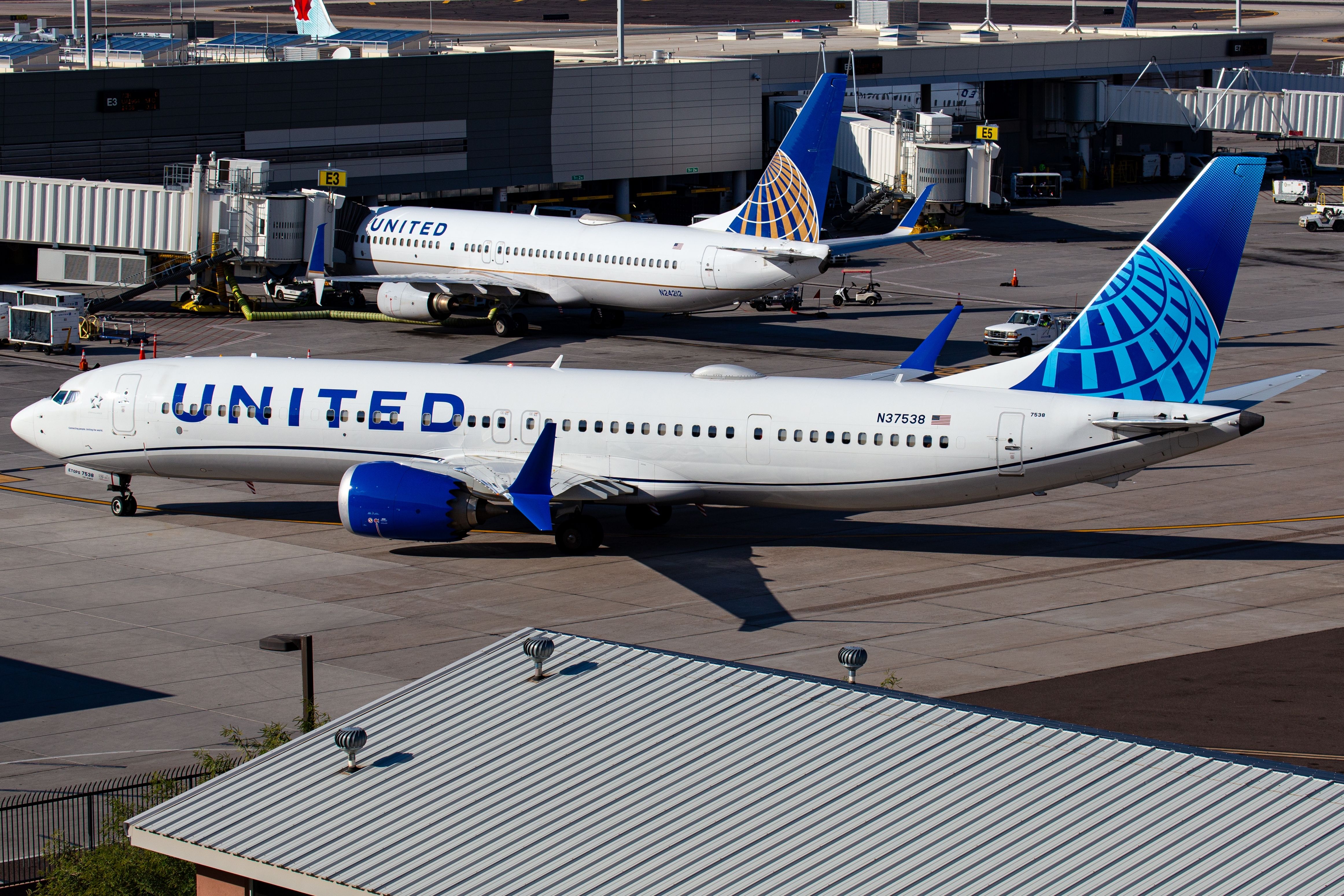
Related
United Airlines Hosts 16th Annual Plane Pull Competition For Special Olympics Illinois
More than 100 teams gathered to take part and pull the aircraft at least 12 feet.
Following a public outcry, the delivery of air mail was returned to private airlines with the stipulation that aircraft manufacturers could not own them. Now, having to divide up United Aircraft and Transport Corporation (UATC) into separate entities, the airline part of the conglomerate became United Air Lines.
United established hubs along its airmail routes
Sticking to its airmail routes connecting New York City and San Francisco via stops in Chicago and Salt Lake City, United Airlines formed the basis for the hubs that It operates from today, with Denver now replacing Salt Lake City.
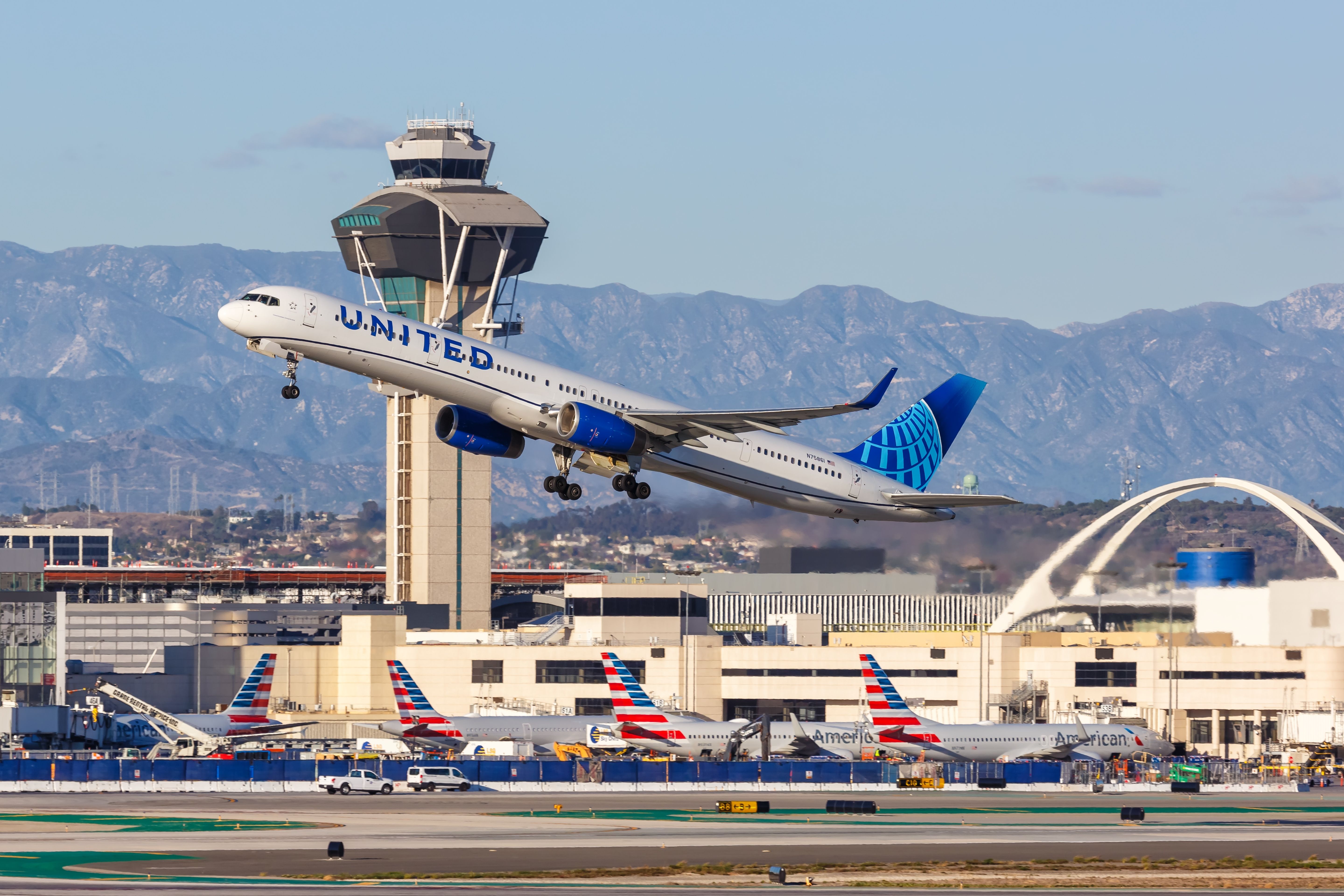
Related
The 23 Routes United Airlines Is Flying The Boeing 757-300 In October
Denver has replaced Chicago O’Hare as the top airport for 757-300 flights.
United Airlines eight hubs are:
- Chicago O’Hare International Airport (ORD): With its headquarters in the Willis Tower (Sears Tower in the Loop community area of Chicago, it’s no surprise that Chicago O’Hare International Airport (ORD) is United Airlines largest hub.
- Denver International Airport (DEN): As the primary international airport for the Rocky Mountain states, Denver International Airport (DEN) plays a crucial role in United Airlines’ overall strategy.
- Houston George Bush Intercontinental Airport (IAH): Houston is United’s hub for the Southern United States and its primary gateway to Latin America. The former Continental Airlines hub is an important United Airlines route map airport.
- Newark Liberty International Airport (EWR): Serving New York City and the East Coast of the United States, EWR is the airline’s main gateway to Europe.
- San Francisco International Airport (SFO): Having always been United Airlines go-to airport on the West Coast, SFO is the airline’s gateway to Asia and Australasia.
- Los Angeles International Airport (LAX): While less crucial than SFO, LAX plays a supporting role in United Airlines flights to Asia and Australasia.
- Washington Dulles International Airport (IAD): While not as busy a hub for United as EWR, IAD is a secondary United Hub and an international gateway to the nation’s capital.
- Guam’s Antonio B. Won Pat International Airport (GUM): United Airlines inherited GUM following its merger with Continental Airlines. From Guam, it flies to Japan, the Philippines, and Micronesia.
United Airlines former hubs
Cleveland Hopkins International Airport (CLE)
In 2014, United Airlines shocked Cleveland Airport and the surrounding community when it announced it was pulling out. United left Cleveland because, for two years before 2014, it had failed to make a profit flying out of the northern Ohio airport. Due to the economic decline of the industrial Great Lakes and Midwest regions, United rightly thought it could deploy its aircraft on more profitable routes. While it shocked many people, United’s departure led to the arrival of some low-cost leisure airlines at CLE.
Miami International Airport (MIA)
This airport has always been regarded as the gateway to the Caribbean and Latin America for American Airlines after acquiring many Eastern Air Lines routes. United Airlines made MIA a hub after buying Pan American MIA routes when Pan Am ceased operations in 1991. From MIA, United offered 36 flights a day to 21 destinations before cutting back to 24 daily flights in 1994. After seeing no growth in May 2004, United decided it would be better off leaving MIA and switching Latin American flights to Chicago and Houston.
Photo: Q world | Shutterstock
Japan Narita International Airport (NRT)
By international passenger numbers, Japan Narita International Airport (NRT) is the busiest airport in Japan. When NRT opened in 1978, Pan American Airways and Northwest Airlines moved their Asian hubs to the airport from Tokyo Haneda Airport (HND). In 1986, Pan Am sold its Tokyo hub to United Airlines, which left Narita in 2011 after forming a transpacific partnership with All Nippon Airways (ANA).
